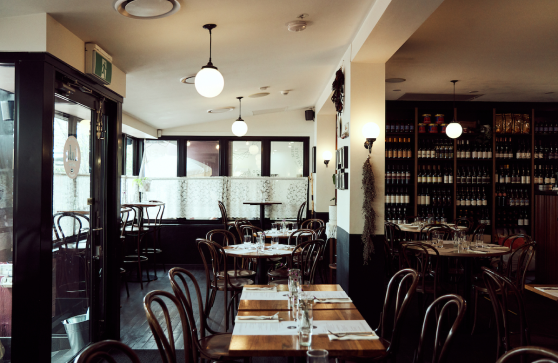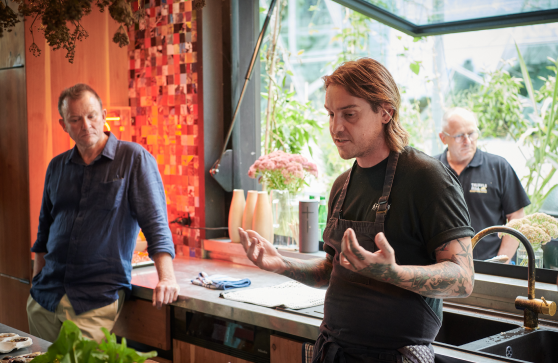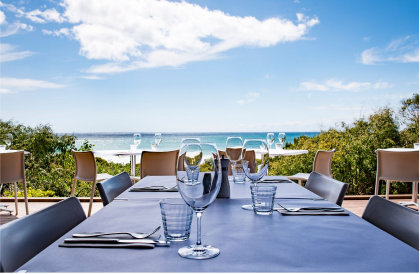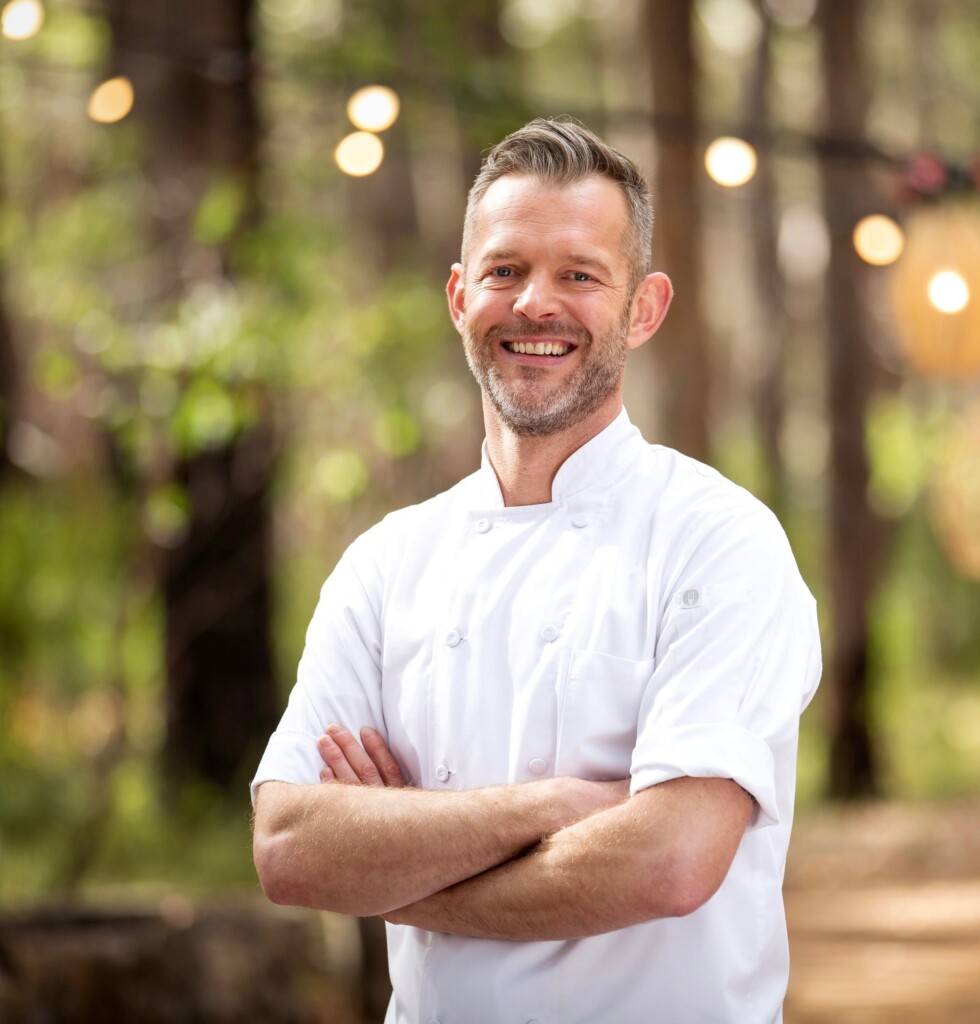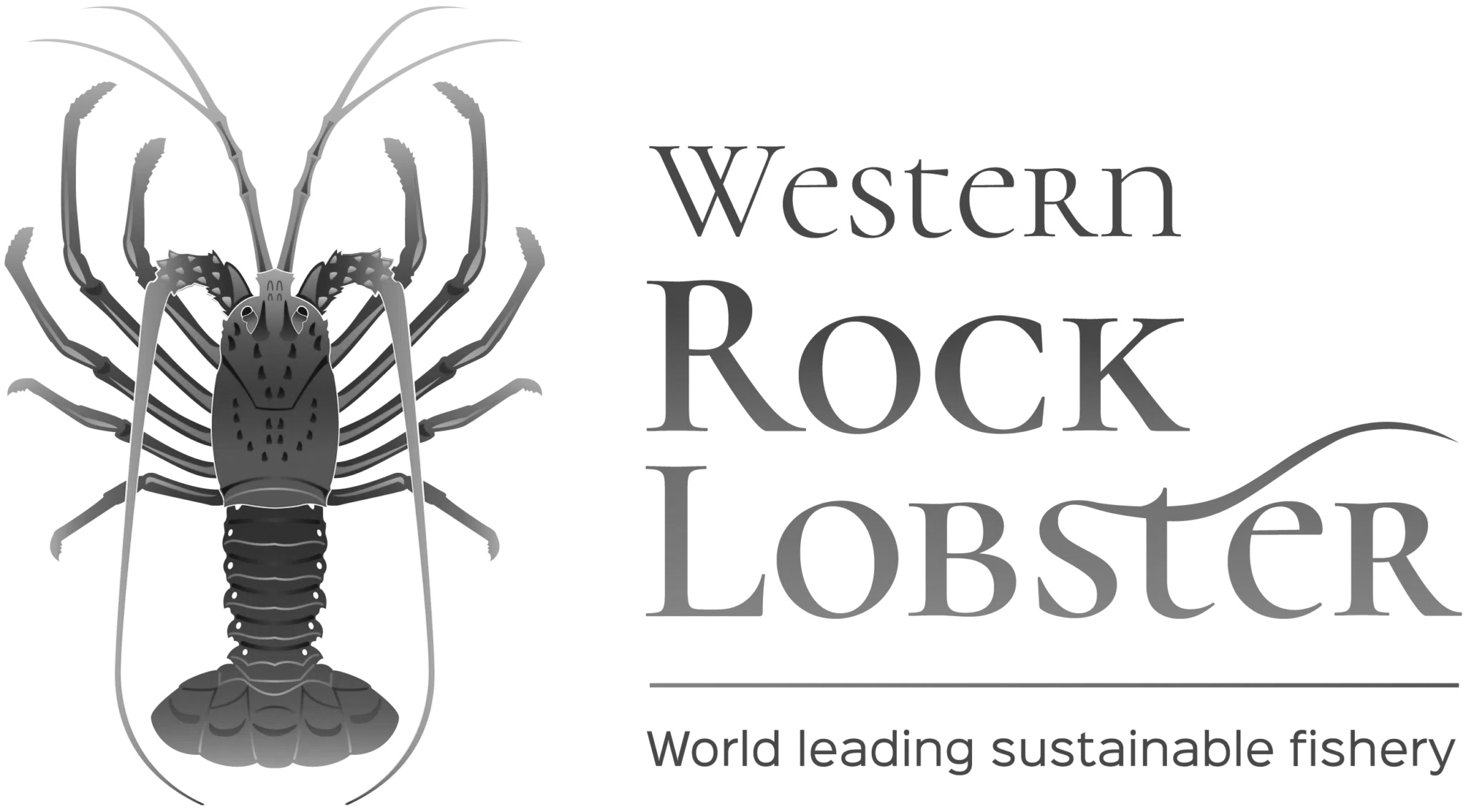As Travis Crane joins the storied Margaret River fine diner as head chef, contributing editor Max Brearley caught up with him to talk about the region, growing your own and crafting a wine-led tasting menu.
It was working as a stagiaire at now-shuttered Michelin-starred In De Wulf in Belgium that Travis Crane had his eyes opened to not just how a kitchen of that level runs, but how to, “in practice work farm-direct, and to do butchery in-house.” As the newly appointed head chef at Voyager Estate, these are just some of the lessons he brings with him.
It’s been a baptism of fire, with Crane arriving in the Margaret River region on the 18th of December, then being on the pass by the 20th. “I fell in love with the place,” he says. “It ticks all the boxes: close to amazing coastlines, beautiful countryside, produce everywhere, an amazing climate.”
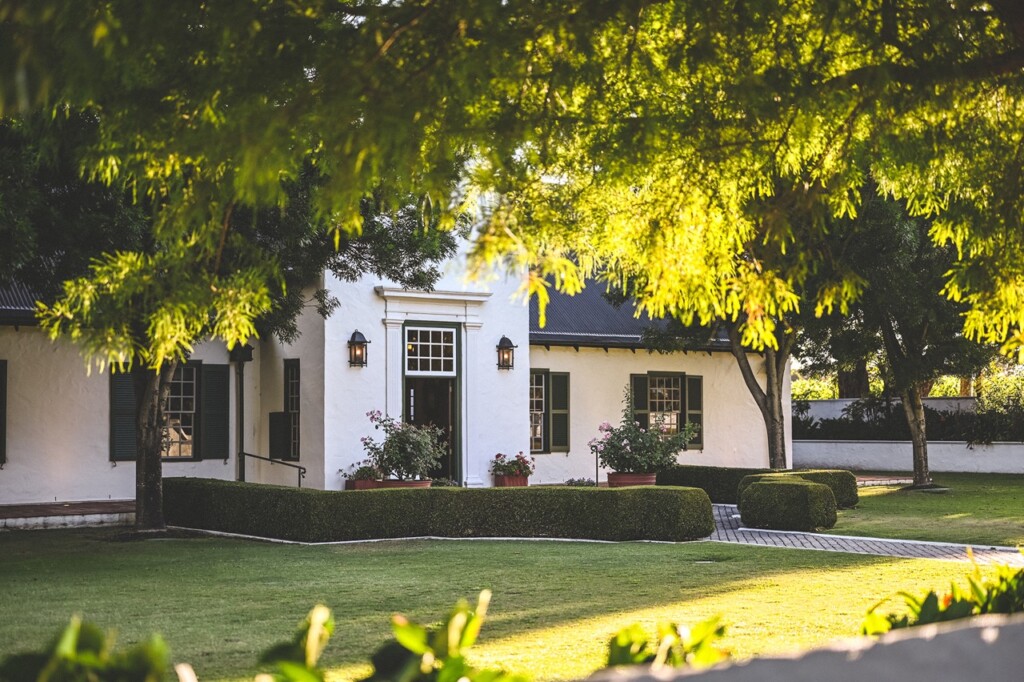
Raised in Queensland, Crane says that he’s “always felt happiest and at peace out of the city.” Previous to Voyager Estate there were stints at “super-luxury” Finniss River Lodge in the Northern Territory, as part of the opening team, and close to four years running his own restaurant at Ballandean Estate in Queensland’s Granite Belt. Having returned to Brisbane to helm City Winery and its associated venues Crane says that there was a valuable opportunity to reconnect with friends and family, but it took him three years to realise that “city life is not for me.”
Easing Crane’s transition to life at Voyager Estate are Claire Tonon (our 2021 Regional Sommelier of the Year), cellar door manager Adam Elton and sous-chef Ray Van Puymbroeck. “The whole team have been very, very supportive,” says Crane. “Ray has been an incredible resource; he’s been holding down the fort [after the departure of long-time head chef Santiago Fernandez]; and I’m spending a lot of time with Claire.”
Time with Tonon is essential; the seasonal tasting menus that Voyager Estate offer have become known for how they move with the cycles of the (now organic) vineyard. “I’m so excited about pairing the food to the wine rather than the wine to the food,” says Crane. “I think constraints force creativity and make you really think outside the box and question what you’re doing. So certainly, those themes on the menu do the same.”
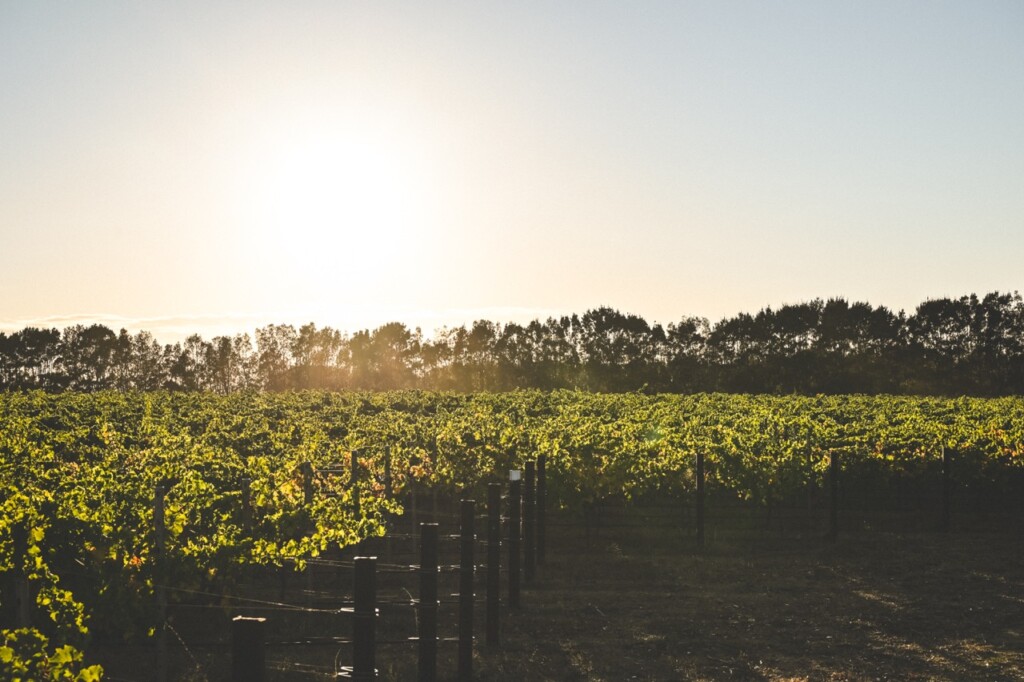
Producer relationships are key to Crane, too, not least internally, with the estate having established its own organic farm in the last several years. That has been spectacular, he says, noting “beautiful” cucumbers, zucchinis, tomatoes, and “gorgeous” watermelon radishes. Within the region Crane says that he wants to “pull in the radius of where we’re getting our produce and build more relationships with small scale farms.”
“Spending time on farm is most important because you start to see things and educate the farm and they’ll educate you as well,” says Crane. “You’ll have, say, a broccoli that’s been harvested, and then your little broccoli sprouts will start to come through. Traditionally that would just get ploughed back into the earth and be the end of the crop, whereas for us that’s an amazing little item that nobody else has their hands on, and the farm gets another run out of the same crop.”
With his first menu Crane has made a great start, building on the foundations laid by Fernandez and making good on his own desire to showcase ingredients unique to the estate and a little way beyond. Mulberries taken from a century-old tree at Wallcliffe House, which along with the estate is owned by The Landsmith Collection, are a seasonal thread through the Discovery Menu. It’s a tiny signal of things to come.
